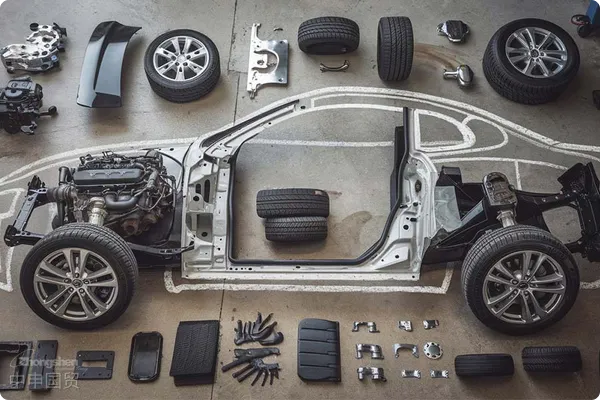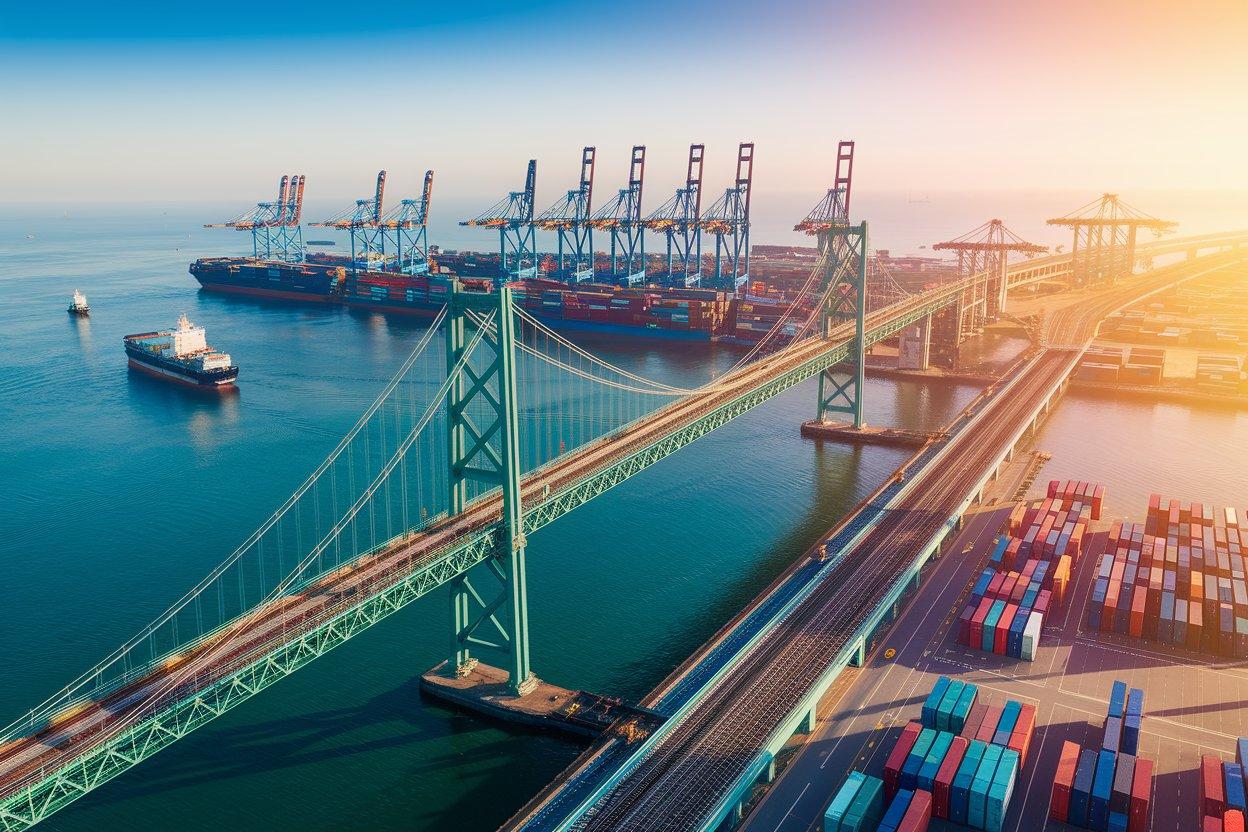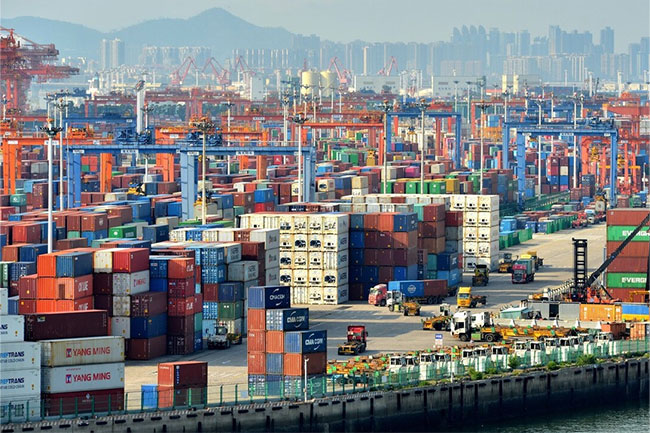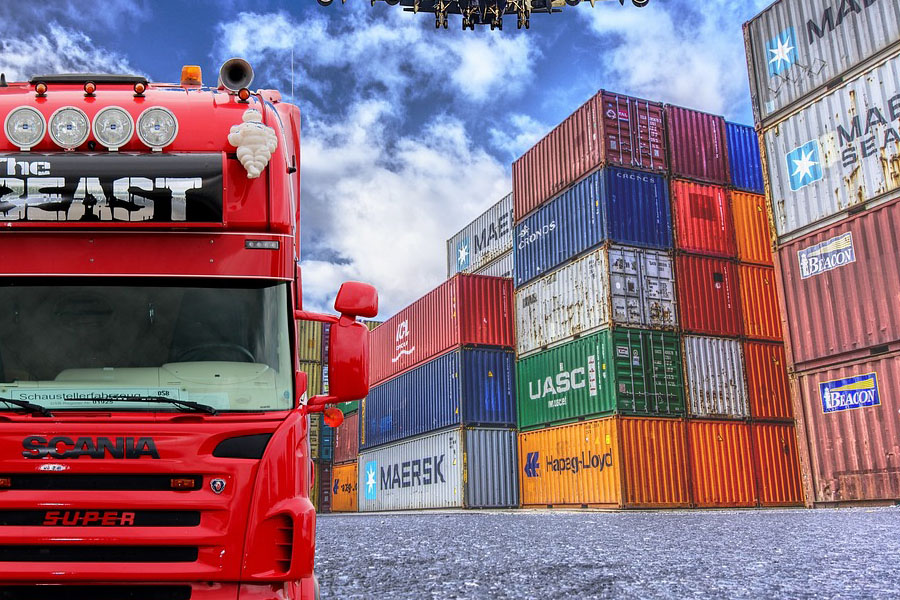- Shanghai Zhongshen International Trade Co., Ltd. - Two decades of trade agency expertise.
- Service Hotline: 139 1787 2118

With the continuous expansion of globalNew energyThe rapid development of industries has led to a continuous increase in the demand for batteries (storage batteries) as core energy storage equipment in international trade. However, as a hazardous commodity, the import process of batteries involves complex regulations, technical standards, and logistics control. With 20 years of...foreign tradeImport RepresentationAs a professional institution with extensive service experience, we combine practical cases to provide in-depth analysis of key aspects and risk prevention strategies for battery imports.
I. Current Status and Core Challenges of the Battery Import Industry
1.Global market landscape
In 2023, China's lithium battery exports exceeded $65 billion, with imports growing by 15% simultaneously. Europe, America, and Southeast Asia emerged as the primary demand markets. However, there are significant variations in battery access standards across different countries:
- European Union: Must comply with CE certification, WEEE directive (recycling label), and RoHS heavy metal restrictions.
- United States: UL certification, DOT transportation regulations (UN38.3 test report)
- China: GB 38031-2020 National Standard for Power Batteries, mandatory filing of MSDS (Material Safety Data Sheet)
2.Industry Pain Points Analysis
- Declaration and Classification Risk: The tariff difference between lead-acid batteries (HS 85071000) and lithium-ion batteries (HS 85076000) reaches 8%.
- Transportation compliance challenges:Maritime TransportationIt must meet the packaging requirements for Class 9 dangerous goods as per the IMDG Code.
- Please translate the following Chinese into English: Escalation of technical barriers: The new EU Battery Regulation (EU 2023/1542) requires a carbon footprint declaration and QR code traceability.
II. Standardized Operating Guide for the Entire Process of Battery Importation
Phase 1: Preliminary Qualification Preparation
- Importer registration: Submit the "Compliance Statement for Enterprises Handling Imported Hazardous Chemicals" to the customs.
- Technical Document Verification:
? UN38.3 Test Report (Mandatory for Lithium Batteries)
? Explosion-proof certificate (required for lead-acid batteries)
? Chinese GHS label (must be pre-printed on the minimum sales packaging)
Phase Two: Core Customs Clearance Process
1.Precision of declaration elements
- The declared product name must specify the battery type (e.g., "lithium-ion power battery" instead of "battery").
- The declared parameters such as voltage and capacity must be consistent with the test report (error ≤ ±5%).
2.Special requirements for dangerous goods declaration
- For sea transportation, a "Dangerous Goods Transport Identification Certificate" must be provided.
- The land transport must be accompanied by the "Dangerous Goods Vehicle Transport Permit".
3.Check the technical passport (shall include 20 parameters such as bearing model and motor power)
- On-site verification of battery insulation resistance value (Standard: ≥0.5MΩ)
- Verify the UN number and packaging code (e.g., lithium batteries must use UN3480 + PI 965 packaging).
Phase 3: Warehouse and Distribution Management
- Dedicated hazardous materials warehouse: The warehouse must be equipped with anti-static facilities (floor resistance value: 1×10^6~1×10^9Ω).
- Temperature control: The storage temperature for lead-acid batteries should be maintained between 10-25°C, and open flames are strictly prohibited in lithium battery storage areas.
III. Risk Prevention and Cost Optimization Strategies
1.Tariff planning plan
- Leveraging the RCEP Agreement: Lead-acid batteries imported from ASEAN can enjoy zero tariffs (FORM E required).It is recommended to verify through the following methods:Trade dispute settlement mechanisms
- Dispute Prevention in Classification: Pre-classification is required for hybrid vehicle batteries (HS 8507.60) and energy storage batteries (HS 8507.30).
2.: By integrating the shipping line resources of the West Coast of the US (Los Angeles/Long Beach Port) and the East Coast of the US (New York/Savannah Port), agent services can shorten the transportation cycle by 30% and reduce the loss of LCL space.
- LCL Optimization: The "UN Box-in-Box" Solution for Lithium Batteries Reduces Transportation Costs by 40%.
- Port selection: The hazardous goods yard fee at Shanghai Yangshan Port is 15-20% lower than that at Ningbo Port.
3.Legal Risk Avoidance
- Intellectual Property Protection: Verify battery patents (e.g., the authorization status of CATL's patent EP3264563 in Europe).
- Anti-dumping Alert: Monitor the U.S. Anti-dumping Investigation on Chinese Lithium Batteries (Potential 23.6% Tariff Imposition in 2024)
IV. Practical Case: Review of a German Company's Power Battery Import Project
Project Background: A certain GermanAutomotive partsThe company imported 200 tons of ternary lithium battery packs (worth €3.8 million) for the production of new energy vehicles.
Core issue:
- The rated energy of the undeclared battery module (actual value: 95Wh, exceeding the EU limit of 75Wh)
- The transport packaging lacks an anti-tipping label.
Solutions:
- Urgent application for supplementary testing by the National Institute of Metrology of China, reissuance of the UN38.3 report.
- Activate the emergency customs clearance plan: Transfer the goods to the Shanghai Waigaoqiao Free Trade Zone for repackaging.
- Ultimately, it saved 120,000 yuan in demurrage fees and avoided the risk of the entire batch being returned.
V. Industry Outlook: Digital Empowerment of Battery Import Services
1.Blockchain Traceability System: Achieving battery full lifecycle data on-chain through the IBM Hyperledger platform
2.AI intelligent classification system: Enter technical parameters to instantly output HS codes (98.7% accuracy).
3.IoT monitoring: Install temperature and humidity sensors inside the container (real-time alert threshold: automatic alarm triggered when temperature exceeds 50°C).
Conclusion
The import of batteries is not only a technology-intensive business but also a comprehensive test of risk management capabilities. Enterprises need to establish a trinity management system encompassing "technical compliance + logistics assurance + policy foresight." Choosing a professional agency with AEO Advanced Certification and hazardous materials operation qualifications can reduce operational risks by over 30%. For access to the "Power Battery Import Compliance White Paper" or customized solutions, please feel free to contact our expert team.
(The data in this article is sourced from: China's General Administration of Customs, the International Battery Association, and the United Nations Trade Database)
Authors Introduction
Zhang Weiming, Senior Client Director at an international trade group, specializes in import...Export RepresentationWith 20 years of service, led the completion of over 600 hazardous materials import projects, holding IATA DG certification and Customs Specialist qualification.
Related Recommendations
? 2025. All Rights Reserved. Shanghai ICP No. 2023007705-2  PSB Record: Shanghai No.31011502009912
PSB Record: Shanghai No.31011502009912









